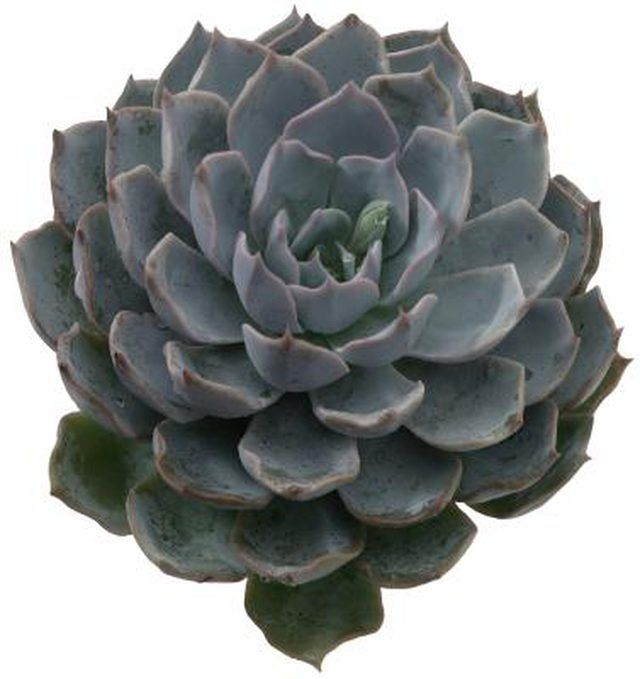Bulbs
Flower Basics
Flower Beds & Specialty Gardens
Flower Garden
Garden Furniture
Garden Gnomes
Garden Seeds
Garden Sheds
Garden Statues
Garden Tools & Supplies
Gardening Basics
Green & Organic
Groundcovers & Vines
Growing Annuals
Growing Basil
Growing Beans
Growing Berries
Growing Blueberries
Growing Cactus
Growing Corn
Growing Cotton
Growing Edibles
Growing Flowers
Growing Garlic
Growing Grapes
Growing Grass
Growing Herbs
Growing Jasmine
Growing Mint
Growing Mushrooms
Orchids
Growing Peanuts
Growing Perennials
Growing Plants
Growing Rosemary
Growing Roses
Growing Strawberries
Growing Sunflowers
Growing Thyme
Growing Tomatoes
Growing Tulips
Growing Vegetables
Herb Basics
Herb Garden
Indoor Growing
Landscaping Basics
Landscaping Patios
Landscaping Plants
Landscaping Shrubs
Landscaping Trees
Landscaping Walks & Pathways
Lawn Basics
Lawn Maintenance
Lawn Mowers
Lawn Ornaments
Lawn Planting
Lawn Tools
Outdoor Growing
Overall Landscape Planning
Pests, Weeds & Problems
Plant Basics
Rock Garden
Rose Garden
Shrubs
Soil
Specialty Gardens
Trees
Vegetable Garden
Yard Maintenance
Care for a Succulent Dish Garden
Care for a Succulent Dish Garden. Succulent plants have thick, fleshy leaves that store water. Their water storage capabilities make them well suited to a low-maintenance indoor garden since they require minimal irrigation and care to thrive. Succulents come in many varieties with different leaf shapes and colors. Some types produce attractive...

Succulent plants have thick, fleshy leaves that store water. Their water storage capabilities make them well suited to a low-maintenance indoor garden since they require minimal irrigation and care to thrive. Succulents come in many varieties with different leaf shapes and colors. Some types produce attractive flowers while others are primarily grown for their foliage. Planting small varieties, such as crassula or echeveria, in a small dish garden allows you to enjoy several of these attractive plants in a small space.
Things You'll Need
Soluble fertilizer
Place the dish garden in an area that receives bright but indirect sunlight. A location near a sunny south-facing window supplies enough light, as does a location with filtered light through a sheer curtain. Direct sunlight can burn and damage the succulent leaves.
Select a location away from cold drafts, such as near open windows, doors or air conditioner vents. Constant cold air damages the succulent plants.
Water the plants when the soil in the dish dries out completely. Provide enough water to moisten the soil but avoid standing water. Most dish gardens don't have drainage holes so careful watering is necessary. If your dish has drainage holes, empty the water from the drip tray after irrigation.
Fertilize once monthly with a soluble low-nitrogen fertilizer. Apply the fertilizer at half the rate recommended on the package. Only fertilize in the spring and summer growing season and stop fertilizer treatments in fall and winter.
Tips & Warnings
Succulent leaves tend to become wrinkled or lose their firmness when they require water.
Leaf drop or death, or soft, spongy stems, indicate rot caused by overwatering. Stop watering the plants until all the excess moisture in the soil dries.